Find Help
More Items From Ergsy search
-
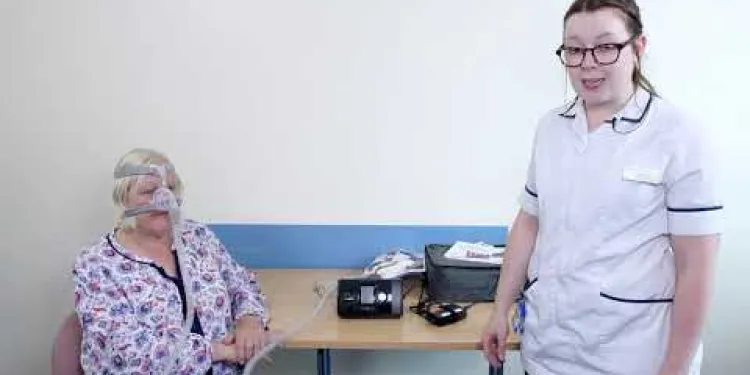
How to set up your CPAP machine
Relevance: 100%
-
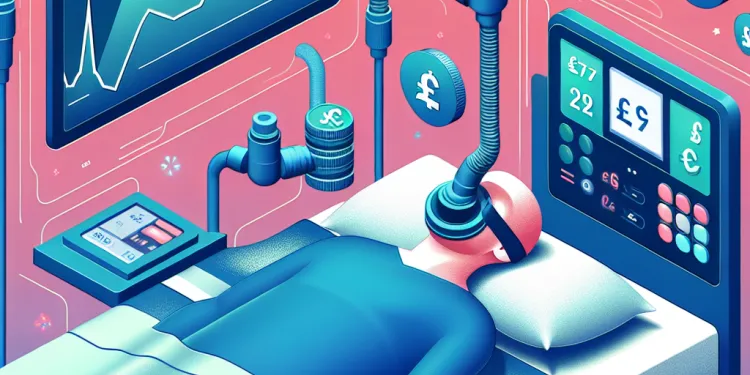
Is CPAP the only treatment for sleep apnea?
Relevance: 53%
-

Can sleep apnea be cured?
Relevance: 32%
-

What treatments are available for sleep apnea?
Relevance: 30%
-

How does the new Sleep Apnea Chip work?
Relevance: 30%
-

What should I do if I suspect I have sleep apnea?
Relevance: 23%
-

What is complex sleep apnea syndrome?
Relevance: 21%
-

Am I eligible to try the new sleep apnea chip?
Relevance: 20%
-

What is sleep apnea?
Relevance: 20%
-
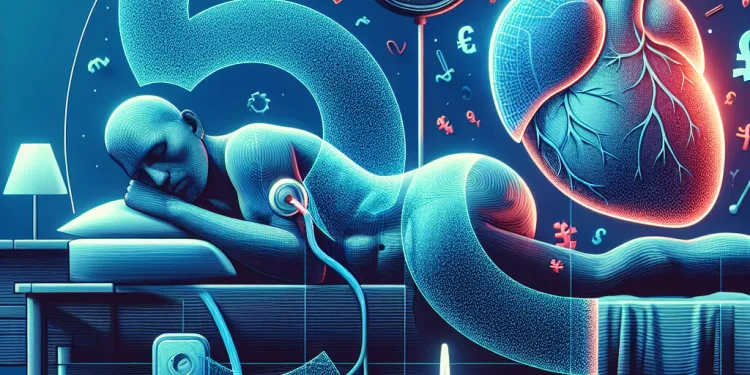
What is complex sleep apnea syndrome?
Relevance: 20%
-

Can alcohol worsen sleep apnea?
Relevance: 20%
-

What is sleep apnoea?
Relevance: 19%
-

Can children have sleep apnea?
Relevance: 16%
-

What are the main types of sleep apnea?
Relevance: 15%
-

How common is sleep apnea?
Relevance: 14%
-

Is snoring always a sign of sleep apnea?
Relevance: 13%
-

What items should I wash if I have bed bugs?
Relevance: 12%
-
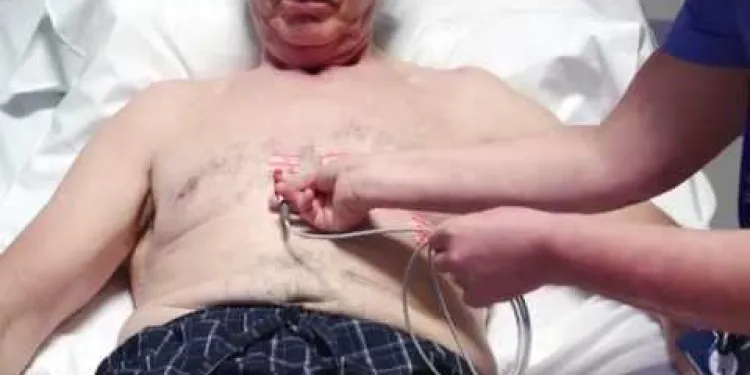
Performing a 12 lead ECG
Relevance: 11%
-
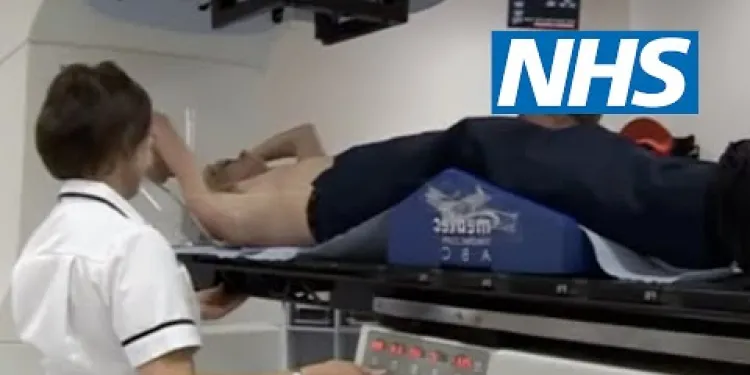
Cancer treatment: what happens during radiotherapy? | NHS
Relevance: 11%
-

How are new technologies helping to reduce water loss in the UK?
Relevance: 11%
-

Peritoneal Dialysis - Information Video
Relevance: 11%
-
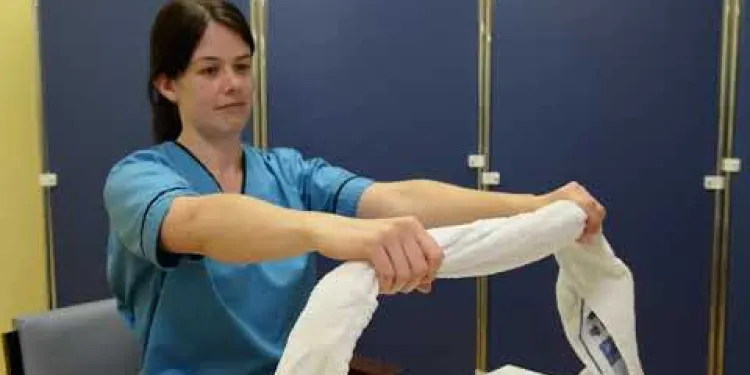
Elbow
Relevance: 11%
-
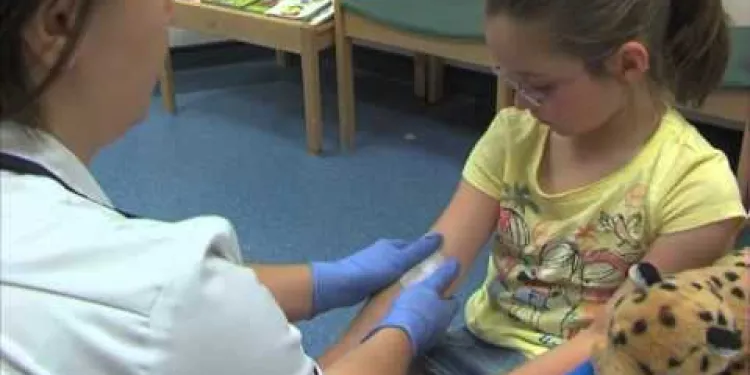
I'm having an MRI scan
Relevance: 10%
-
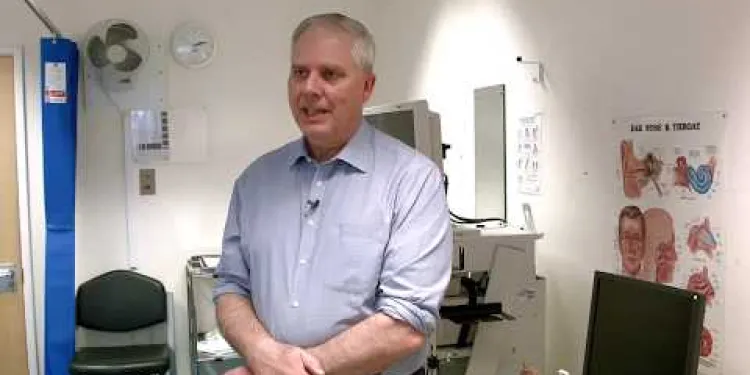
Evidence-Based Interventions: snoring surgery in the absence of Obstructive Sleep Apnoea (OSA)
Relevance: 10%
-

Does sleep apnea occur only in adults?
Relevance: 10%
-

Home Haemodialysis - Donna's story
Relevance: 9%
-

What is it like having Prostate Radiotherapy treatment?
Relevance: 9%
-
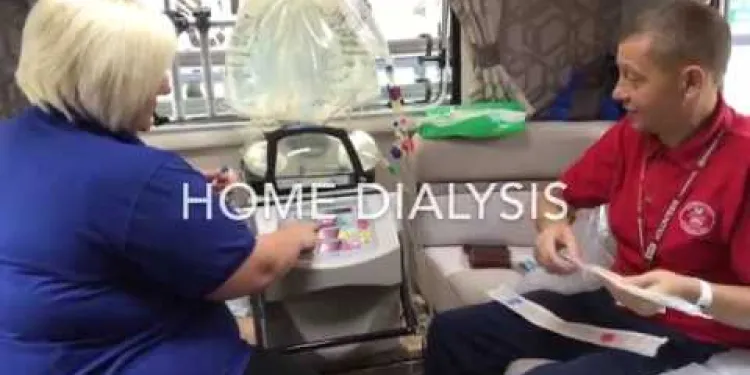
Home dialysis help for kidney patients
Relevance: 9%
-
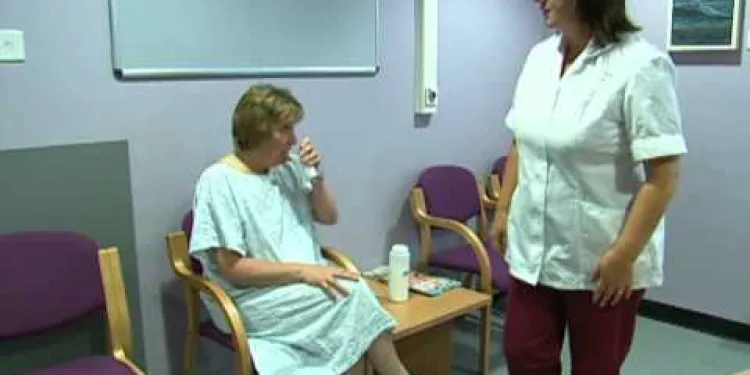
Having a CT Scan in Tayside
Relevance: 8%
-

How do Monzo and Revolut keep their apps secure?
Relevance: 8%
-

What are some examples of hidden fees in banking?
Relevance: 8%
-
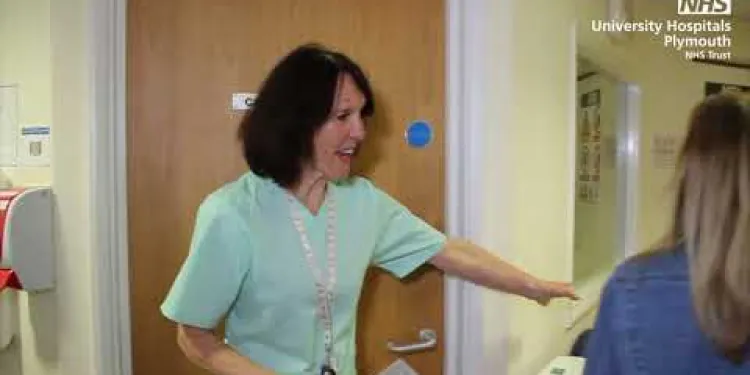
MRI Scanner walkthrough - what to expect at your appointment
Relevance: 8%
-
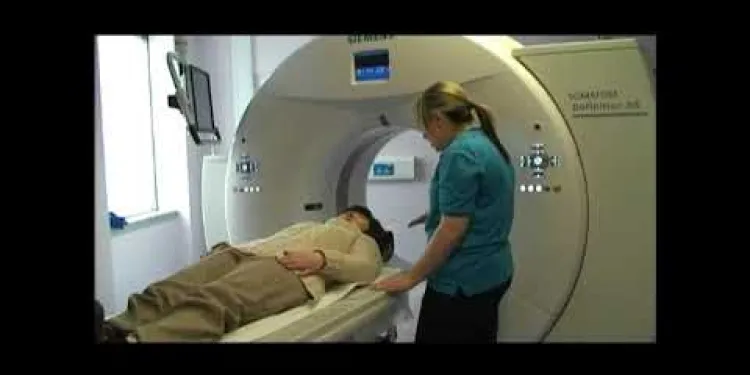
Going For a CT Scan
Relevance: 8%
-

What is the role of consumers in reducing water loss?
Relevance: 8%
-

Can weight loss improve sleep apnea?
Relevance: 7%
-

The FDG PET Scan: What to expect
Relevance: 7%
-
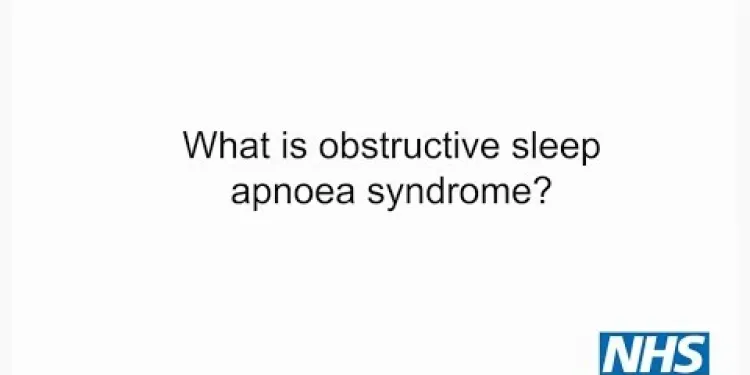
Introduction to obstructive sleep apnoea
Relevance: 7%
-
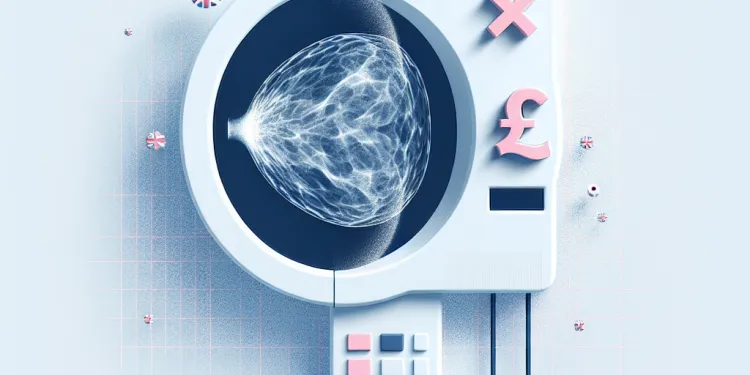
What happens during a mammogram?
Relevance: 7%
-
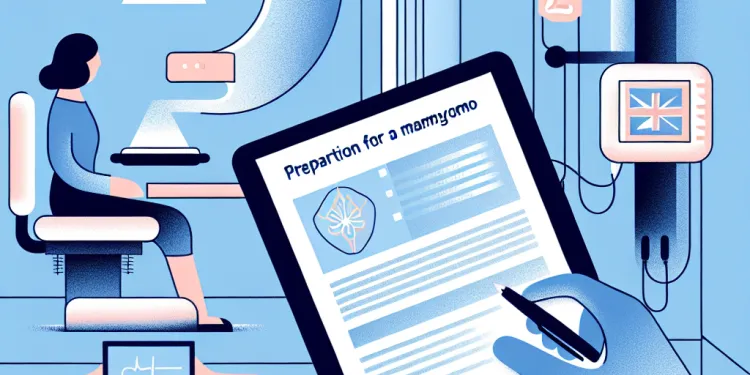
How do I prepare for a mammogram?
Relevance: 7%
-
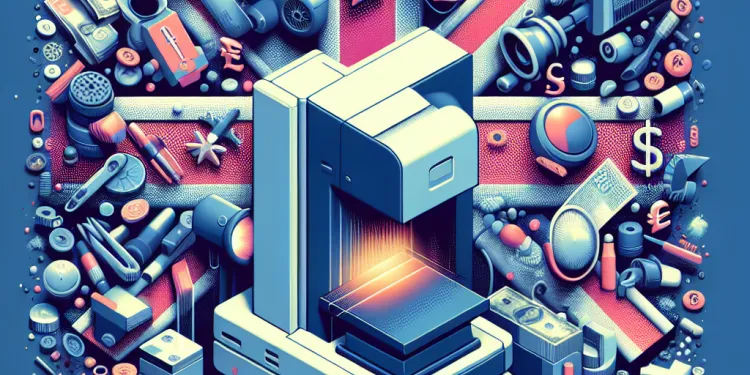
Is a mammogram painful?
Relevance: 7%
How to Set Up Your CPAP Machine
A Continuous Positive Airway Pressure (CPAP) machine can be a life-changing device for those with sleep apnea. Setting up your CPAP machine properly will ensure that you receive the full benefit of your treatment. This guide will walk you through the process, ensuring you are set up and ready for a restful night's sleep.
Unpacking Your CPAP Machine
Upon receiving your CPAP machine, start by carefully unpacking all the components. Your CPAP package should include the main unit, a humidifier (if included), tubing, a mask, a filter, and a power cord. Ensure everything is present and in good order. Keep your user manual handy for easy reference.
Assembling the Components
Follow these steps to assemble your CPAP machine:
- Connect the tubing to the air outlet on the machine.
- Attach the other end of the tubing to your mask.
- If using a humidifier, fill the chamber with distilled water and insert it as per the manufacturer’s instructions.
Ensure all connections are secure to prevent air leakage.
Setting Up the Machine
Plug in your CPAP machine using the provided power cord. Once powered on, access the device settings. If you are in the United Kingdom, your healthcare provider may have preset the machine with the necessary pressure settings. If not, refer to your prescription and set the pressure accordingly using the menu options on the device.
Fitting the Mask
Selecting the right mask is crucial for effective therapy:
- Nasal masks: Cover the nose, ideal for those who breathe through their nose.
- Full-face masks: Cover both the nose and mouth, suitable for mouth breathers.
- Nasal pillows: Fit directly into the nostrils, offering minimal contact.
Adjust the headgear straps for a snug but comfortable fit. The mask should not be too tight, as this can cause discomfort and pressure sores.
Testing Your Setup
Once everything is connected and fitted, test the machine by lying down in your usual sleeping position. Turn on the machine and check for any air leaks around the mask. If you notice any leaks, adjust the straps or reposition the mask until you achieve a proper seal.
Regular Maintenance
Proper maintenance is essential for the longevity and efficiency of your CPAP machine:
- Clean the mask, tubing, and humidifier chamber weekly with mild soap and water.
- Replace the filter every 2-4 weeks, or as recommended by the manufacturer.
- Check for any signs of wear and tear regularly, and replace components as needed.
Conclusion
Setting up your CPAP machine correctly is crucial for effective treatment of sleep apnea. Follow these steps carefully, and consult your healthcare provider or user manual if you experience any difficulties. A well-maintained and properly set up CPAP machine will help you achieve better sleep and improve your overall health. Sweet dreams!
How to Set Up Your CPAP Machine
A CPAP machine helps people who have trouble breathing during sleep. Setting it up correctly is important. This guide will help you set it up so you can sleep well at night.
Unpacking Your CPAP Machine
When you get your CPAP machine, carefully take everything out of the box. You should find the main machine, a humidifier (if it comes with one), tubing, a mask, a filter, and a power cord. Make sure everything is there and looks good. Keep the instruction book close by to help you.
Assembling the Components
Follow these steps to put your CPAP machine together:
- Connect the tubing to the air outlet on the machine.
- Attach the free end of the tubing to your mask.
- If you have a humidifier, fill it with distilled water and put it in the machine as the instructions say.
Make sure everything is connected well so no air escapes.
Setting Up the Machine
Plug in your CPAP machine using the power cord. Turn it on, and then set the pressure. Sometimes, your doctor might have already set it for you. If not, you may need to set it yourself using the device menu. Follow the instructions or ask an adult if you need help.
Fitting the Mask
Choosing the right mask is important:
- Nasal masks: These cover your nose and are good if you breathe through your nose.
- Full-face masks: These cover your nose and mouth and are good if you breathe through your mouth.
- Nasal pillows: These go into your nostrils and have very little contact with your face.
Adjust the straps so the mask fits comfortably. It should not be too tight, so it does not hurt or leave marks.
Testing Your Setup
When everything is set up, test the machine by lying down like you are going to sleep. Turn on the machine and check for air leaks around the mask. If you find leaks, adjust the straps or move the mask until it fits well.
Regular Maintenance
Take care of your CPAP machine to make it last longer:
- Wash the mask, tubing, and humidifier chamber every week with mild soap and water.
- Change the filter every 2-4 weeks or as needed.
- Look for any damage regularly and change any parts that look worn out.
Conclusion
Setting up your CPAP machine the right way helps treat your breathing problem and helps you sleep better. Follow the steps in this guide, and ask a doctor or look in the instruction book if you need more help. A well-kept CPAP machine will help you stay healthy and sleep peacefully. Sweet dreams!
Frequently Asked Questions
What is a CPAP machine?
A CPAP (Continuous Positive Airway Pressure) machine is a medical device used to treat sleep apnea by delivering a constant stream of air through a mask to keep your airways open during sleep.
How do I set up my CPAP machine for the first time?
To set up your CPAP machine, connect the tubing to the machine and the mask, fill the humidifier chamber with distilled water, plug in the machine, and adjust the settings as prescribed by your healthcare provider.
How do I know if my CPAP mask fits properly?
A properly fitting CPAP mask should create a secure seal without causing discomfort or pressure marks. It should not leak air around the edges when you turn the device on.
How often should I clean my CPAP machine and accessories?
You should clean your CPAP mask, tubing, and humidifier chamber daily with mild soap and water. The machine's filter should be checked weekly and replaced if necessary.
What should I do if my CPAP machine is not turning on?
If your CPAP machine is not turning on, check that it is plugged in correctly, try a different power outlet, and ensure that all connections are secure. If it still does not work, contact your supplier or manufacturer for assistance.
Why is my CPAP mask leaking?
Your CPAP mask may be leaking due to an improper fit, worn-out cushioning, or an incorrect mask size. Re-adjust the straps or consider replacing the mask or its parts.
Can I travel with my CPAP machine?
Yes, you can travel with your CPAP machine. Most modern CPAP devices are portable and come with travel cases. Make sure to bring an adapter for the local power outlets if traveling internationally.
What should I do if I experience dryness or irritation due to CPAP use?
If you experience dryness or irritation, consider using a heated humidifier or heated tubing with your CPAP machine. Adjusting the humidity settings can also help alleviate these symptoms.
How do I adjust the pressure settings on my CPAP machine?
Pressure settings on your CPAP machine should be adjusted by a healthcare professional based on your prescribed needs. Do not attempt to change the settings without consulting your doctor.
Can I use tap water in my CPAP humidifier?
It is recommended to use distilled water in your CPAP humidifier to prevent mineral build-up and reduce the risk of contamination. Avoid using tap water or bottled water.
How do I prevent CPAP mask marks on my face?
To prevent CPAP mask marks, ensure that the mask fits properly and is not too tight. You can also use mask liners or pads designed to cushion the mask and reduce pressure on your skin.
Is it normal to feel discomfort when starting CPAP therapy?
It’s common to experience some discomfort when starting CPAP therapy. Give yourself time to get used to the device. If discomfort persists, consult your healthcare provider for adjustments or alternatives.
How do I know if my CPAP machine is working correctly?
Your CPAP machine should maintain a consistent airflow without interruptions. Regularly check the machine’s display for error messages and ensure that the air pressure feels comfortable. If in doubt, consult your supplier.
What types of CPAP masks are available?
There are three main types of CPAP masks: nasal masks, which cover the nose; full-face masks, which cover the nose and mouth; and nasal pillow masks, which sit at the entrance of the nostrils. The best type for you depends on your breathing style and comfort preference.
Can I use my CPAP machine if I have a cold or nasal congestion?
Yes, you can use your CPAP machine if you have a cold or nasal congestion. Using a nasal spray before bedtime and adjusting the humidity level can help alleviate symptoms. Consult your doctor if you experience significant discomfort.
What is a CPAP Machine?
A CPAP machine is a special machine. It helps people breathe better while they sleep. It is used by people who have trouble breathing during sleep. This is important for staying healthy and feeling good.
The CPAP machine has a mask. You wear it on your face when you sleep. The machine blows air into your nose. This helps keep your airways open. It makes sure you can breathe easily all night.
If you or someone you know needs a CPAP machine, talk to a doctor. They can help you get the right machine and show you how to use it. You can also ask for help from friends or family.
Using a CPAP machine can take time to get used to. It's okay to ask for help if you need it. There are people ready to support you.
A CPAP machine is a device that helps people breathe better when they sleep. It stops sleep apnea, which is when breathing pauses during sleep. The machine gently blows air through a mask to keep airways open.
How do I start using my CPAP machine for the first time?
A CPAP machine helps you breathe better while you sleep. Here is how you can use it for the first time.
- Find a good place: Put the machine next to your bed. Make sure it is easy to reach.
- Read the guide: Look at the instructions that come with the machine. They will show you what to do step by step.
- Connect the parts: Fit the tube and mask to the machine. The instructions will tell you how.
- Try it on: Put the mask over your nose or mouth. Make sure it feels comfortable.
- Turn it on: Switch the machine on. You will feel air coming through.
- Ask for help: If it seems hard, ask a family member or friend to help you. You can also call the company for support.
Take your time. Ask for help if you need it. There are videos online that show you how to use a CPAP machine. These can be very helpful.
Here is how you can set up your CPAP machine:
1. Take the tube and connect it to the machine and the mask.
2. Fill the white box (humidifier) with clean water. Use water that is made clean by distilling.
3. Plug the machine into the electricity socket.
4. Change the settings on the machine. Your doctor or nurse will tell you how to do this.
You can ask someone to help you if it feels hard. You can use pictures or a video to see how to do it.
How can I tell if my CPAP mask fits right?
Here are some things to check:
- No Leaks: Make sure no air is leaking from the edges of the mask.
- Comfortable Fit: The mask should feel snug but not too tight on your face.
- No Red Marks: When you take the mask off, your face should not have red marks or feel sore.
- Easy to Breathe: You should be able to breathe normally with the mask on.
If you need help, you can try:
- Asking someone to help you put on the mask.
- Watching a video about fitting a CPAP mask.
- Talking to your doctor or a sleep therapist.
A CPAP mask should fit well. It needs to seal tightly but should not hurt or leave marks on your face. When you turn on the machine, air should not leak out around the edges of the mask.
How often should I clean my CPAP machine and parts?
You should clean your CPAP machine and parts often to keep them working well and to stay healthy.
Here is an easy way to remember:
- Mask and Tubing: Clean every day.
- Filters: Check every week and clean or change if needed.
- Humidifier: Clean every day and change the water.
Here are some tips to help:
- Set a reminder on your phone or calendar.
- Use a checklist to keep track of what needs cleaning.
Clean your CPAP mask, tube, and humidifier every day. Use gentle soap and water. Check the filter every week. Replace it if you need to.
What to Do if Your CPAP Machine Won't Turn On
Here are some simple steps to try if your CPAP machine doesn't turn on:
- Check the Power: Make sure the machine is plugged into the wall and the power switch is on.
- Look at the Cord: See if the power cord is damaged or not connected properly.
- Reset the Machine: Try turning the machine off, wait a few seconds, and then turn it back on.
- Check the Outlet: Make sure the electrical outlet works by plugging in something else, like a lamp.
- Contact Help: If it still doesn't work, call the company that made your machine or your doctor.
If reading is hard, you can ask someone you know for help or use speech-to-text tools on your phone to read out loud.
If your CPAP machine won't turn on, try these steps:
1. Check if it's plugged in right.
2. Try using a different power socket.
3. Make sure all parts are connected well.
If it still won't work, ask the company you got it from for help.
Why is my CPAP mask leaking?
A CPAP mask helps you breathe better when you sleep. If air comes out where it shouldn't, the mask leaks.
- Check the Fit: Make sure the mask fits snugly over your nose and mouth. It should not be too loose or too tight.
- Cushion Seal: Look at the cushion part of the mask. It should be clean and not worn out.
- Straps: Adjust the straps so the mask stays in place but does not hurt.
Tools like a mirror can help you see if the mask fits right. If the mask still leaks, ask a helper or a nurse for advice.
Your CPAP mask might have a leak because it doesn't fit right, the cushion is old, or the mask is the wrong size. Try adjusting the straps or think about getting a new mask or new parts for it.
Can I take my CPAP machine with me when I travel?
Yes, you can take your CPAP machine with you when you travel. Many CPAP machines are small and come with a bag for traveling. If you go to another country, bring a special plug so it works there.
What can I do if using my CPAP makes my nose or throat dry or sore?
If your CPAP machine makes your nose or throat feel dry or hurt, here are some things to try:
- Use a humidifier with your CPAP. It adds moisture to the air.
- Drink lots of water to keep your body hydrated.
- Talk to your doctor or nurse for help and advice.
These steps can help make using your CPAP more comfortable.
If your nose or throat feels dry or hurts, try using a heated humidifier with your CPAP machine. A heated humidifier adds warm moisture to the air. You can also use warm tubes with your machine. Changing how much water is in the air can help you feel better.
How can I change the air pressure on my CPAP machine?
A CPAP machine helps you breathe at night. It blows air into your nose or mouth. Sometimes, you need to change how strong the air comes out. This is called changing the air pressure.
If you need help, ask a doctor or nurse. They know how to change the settings safely.
Here are some tips:
- Look at the buttons or screen on your CPAP machine. There might be buttons to change the air pressure.
- Read the book that comes with the machine. It can help you learn what the buttons do.
- If you use a smartphone, there might be an app to help. Ask someone to help you find this.
- Use labels or stickers to remember what each button does.
A doctor should be the one to change the pressure settings on your CPAP machine. They know what is best for you. Do not try to change the settings yourself. Talk to your doctor first.
Can I use tap water in my CPAP machine?
It is best to use distilled water in your CPAP machine. This water is very clean and safe for your machine and for you.
Tap water can have minerals and dirt in it. This can make your CPAP machine not work well. It might also get dirty faster.
If you don’t have distilled water, you can buy it at the store.
Ask someone for help if you are not sure what to use. They can help you find distilled water.
Use clean water in your CPAP machine. This helps keep it safe and working well. Tap water or bottled water can make it dirty. Distilled water is the best choice.
How can I stop my CPAP mask from making marks on my face?
To stop CPAP mask marks, make sure the mask fits right and is not too tight. You can also use soft pads or liners made to make the mask more comfortable and gentle on your skin.
Is it okay to feel uncomfortable when using a CPAP machine for the first time?
It's normal to feel a bit uncomfortable when you start using a CPAP machine. Give yourself time to get used to it. If it still hurts after some time, talk to your doctor. They can help make it better or try something else.
How can I tell if my CPAP machine is working?
A CPAP machine helps you breathe while you sleep. Here are some tips to see if it is working well:
- Do you feel better in the morning? If you wake up feeling good and not tired, the machine might be working fine.
- Is it easy to breathe with the mask on? If yes, that's a good sign.
- Check if there are no air leaks around the mask. The mask should fit well on your face.
- Look at the machine screen. Does it show any error messages? If not, that's good.
- Ask someone to help check the machine. A doctor or nurse can help make sure it is working.
You can also ask an adult to help you use the CPAP machine safely. It's OK to ask for help!
Your CPAP machine needs to blow air without stopping. Look at the screen on the machine to see if there are any error messages. Make sure the air feels right to you. If you are not sure, talk to the people who gave you the machine.
What types of CPAP masks are available?
Here are the different types of CPAP masks:
- Nasal masks: These cover your nose. They help you breathe at night.
- Nasal pillow masks: These are small. They fit in your nostrils.
- Full-face masks: These cover your nose and mouth. They are for people who breathe through their mouth at night.
Tip: Use pictures or videos to help understand how each mask works.
There are three kinds of masks used for CPAP machines:
- **Nasal masks**: These cover your nose.
- **Full-face masks**: These cover your nose and mouth.
- **Nasal pillow masks**: These rest at your nostrils.
The best mask for you depends on how you breathe and what feels comfy. You can try different ones to see what you like best.
Can I use my CPAP machine if I have a cold or stuffy nose?
Yes, you can still use your CPAP machine if you have a cold or a stuffy nose. It can even help you breathe better.
Here are some tips to make it easier:
- Use a humidifier: This can add moisture to the air and help with dryness.
- Try nasal sprays: These can help clear your nose.
- Keep your mask clean: Wash it often to get rid of germs.
If you have a lot of trouble breathing, talk to your doctor. They can give you advice and help you feel better.
Yes, you can use your CPAP machine if you have a cold or a stuffy nose. Try using a nasal spray before bed and change the humidity level on your machine. This might help you feel better. If you feel really uncomfortable, talk to your doctor.
Useful Links
- Ergsy carfully checks the information in the videos we provide here.
- Videos shown by Youtube after a video has completed, have NOT been reviewed by ERGSY.
- To view, click the arrow in centre of video.
- Most of the videos you find here will have subtitles and/or closed captions available.
- You may need to turn these on, and choose your preferred language.
- Go to the video you'd like to watch.
- If closed captions (CC) are available, settings will be visible on the bottom right of the video player.
- To turn on Captions, click settings .
- To turn off Captions, click settings again.
More Items From Ergsy search
-

How to set up your CPAP machine
Relevance: 100%
-

Is CPAP the only treatment for sleep apnea?
Relevance: 53%
-

Can sleep apnea be cured?
Relevance: 32%
-

What treatments are available for sleep apnea?
Relevance: 30%
-

How does the new Sleep Apnea Chip work?
Relevance: 30%
-

What should I do if I suspect I have sleep apnea?
Relevance: 23%
-

What is complex sleep apnea syndrome?
Relevance: 21%
-

Am I eligible to try the new sleep apnea chip?
Relevance: 20%
-

What is sleep apnea?
Relevance: 20%
-

What is complex sleep apnea syndrome?
Relevance: 20%
-

Can alcohol worsen sleep apnea?
Relevance: 20%
-

What is sleep apnoea?
Relevance: 19%
-

Can children have sleep apnea?
Relevance: 16%
-

What are the main types of sleep apnea?
Relevance: 15%
-

How common is sleep apnea?
Relevance: 14%
-

Is snoring always a sign of sleep apnea?
Relevance: 13%
-

What items should I wash if I have bed bugs?
Relevance: 12%
-

Performing a 12 lead ECG
Relevance: 11%
-

Cancer treatment: what happens during radiotherapy? | NHS
Relevance: 11%
-

How are new technologies helping to reduce water loss in the UK?
Relevance: 11%
-

Peritoneal Dialysis - Information Video
Relevance: 11%
-

Elbow
Relevance: 11%
-

I'm having an MRI scan
Relevance: 10%
-

Evidence-Based Interventions: snoring surgery in the absence of Obstructive Sleep Apnoea (OSA)
Relevance: 10%
-

Does sleep apnea occur only in adults?
Relevance: 10%
-

Home Haemodialysis - Donna's story
Relevance: 9%
-

What is it like having Prostate Radiotherapy treatment?
Relevance: 9%
-

Home dialysis help for kidney patients
Relevance: 9%
-

Having a CT Scan in Tayside
Relevance: 8%
-

How do Monzo and Revolut keep their apps secure?
Relevance: 8%
-

What are some examples of hidden fees in banking?
Relevance: 8%
-

MRI Scanner walkthrough - what to expect at your appointment
Relevance: 8%
-

Going For a CT Scan
Relevance: 8%
-

What is the role of consumers in reducing water loss?
Relevance: 8%
-

Can weight loss improve sleep apnea?
Relevance: 7%
-

The FDG PET Scan: What to expect
Relevance: 7%
-

Introduction to obstructive sleep apnoea
Relevance: 7%
-

What happens during a mammogram?
Relevance: 7%
-

How do I prepare for a mammogram?
Relevance: 7%
-

Is a mammogram painful?
Relevance: 7%


